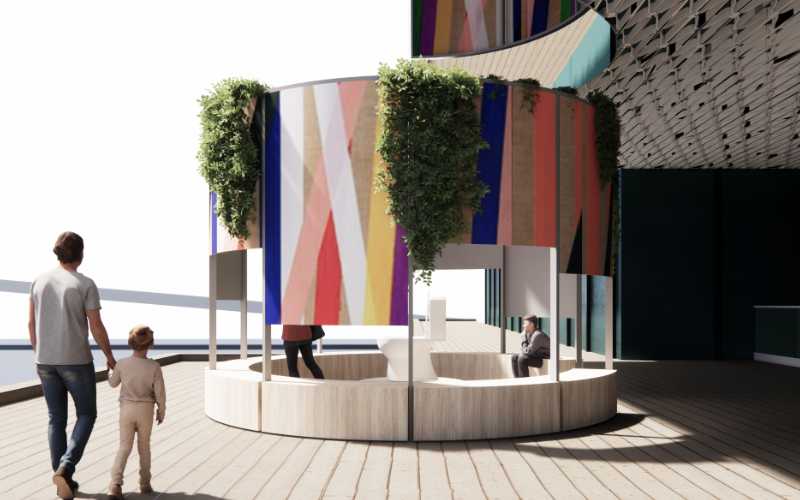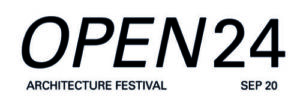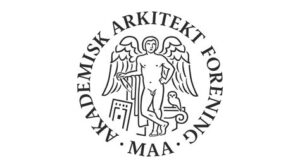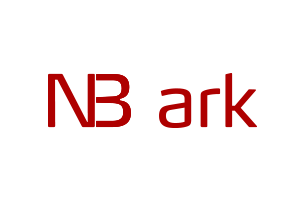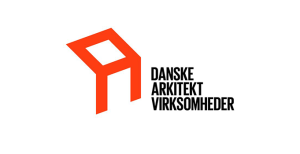Project info
- Location: Copenhagen
- Year: 2022 - 2023
- Client: Architects Without Borders DK
- Size: 16 m2
- Collaborators: BLOX
- Financing: Dreyers Fund, The Danish Foreign Ministry's OpEn-fund
- Project team: Christoffer Breitenbauch, Nanna Leth, Cora Aspen
- Contact: [email protected]
WHY GIVE A SHIT?
In Denmark, we use 4 times more resources than we have ecological space for, but we don’t pay the price for our overconsumption. However, the poorest and most vulnerable people on the planet have the least to contend with when climate-related natural disasters such as floods, droughts, storms and fires ravage their countries, causing conflict and humanitarian crises.
Our over-consumption means that we should stop seeing ourselves as role models for low-income countries, as everyone can’t possibly consume at the same level as us.
Instead, perhaps it’s about time we look south for role models and inspiration on how to live with less resource consumption. And we need to stop looking at architecture as detached from its resource consumption.
The climate crisis can only be solved if we also address the inequality between the countries of the world. Access to basic services like water, electricity and sanitation can empower communities and unlock their true potential for social, economic and environmental development. We should all work to redistribute privileges, opportunities, knowledge and wealth – and we can.
HOW TO GIVE A SHIT
At Architects Without Borders, we use architecture and planning to create development. These are tools that are essential in creating better living conditions, especially in dense, informal settlements and slums where no planners or architects have been involved. We work to give all people access to decent housing, basic services and social spaces.
“It brings me joy to use my professionalism in a different context and at the same time contribute to less privileged people having a slightly better life. That’s why I volunteer with Architects Without Borders.”
– Brian Lund Povlsen, structural engineer and partner in the design studio ArkitekturLab
When you support NGOs like Architects Without Borders, you enable the organization to achieve impact in its area of focus. Your support can be through a membership, volunteering, sponsorship or partnership. And if architecture isn’t your thing, we’re sure there are other NGOs that will suit your skills and interests.
“As an architect, volunteering with AUG gives you the opportunity to create spaces for people and meet wildly inspiring people who are passionate about making the world a little bit better.”
– Natalie Adelhofer, volunteer architect on the Nicaragua project.
GIVE A SHIT!
Support the work of Architects Without Borders
THE PAVILION BY BLOX
The pavilion at BLOX tells about our latest project: the bio-centre in Uganda. It’s a building type that has sanitation (toilets) at its core, providing a range of essential services to a densely populated slum – while also creating a much-needed social meeting place. We have just built Uganda’s first bio center in a slum in the Ugandan capital Kampala.
The pavilion consists of 3 core elements, each representing an important component of the biocenter:
1. the sanitary installation, represented by a toilet surrounded by white tiles. The simple toilet is instantly recognizable, but with BLOX as a backdrop and the Copenhagen harbor as a location, it also creates wonder and curiosity.
2. The base of the pavilion, which consists of a round wooden bench and a toilet plinth, represents the building’s large underground bio-tank, which is a central but hidden part of the building. The bench and plinth invite visitors to sit down and read about the bio-centre.
3. The final element is a circular steel structure that frames the interior of the pavilion. This boundary represents the social, economic and cultural opportunities that the biocenter creates for the surrounding community. A bio-centre supports a number of important prerequisites for local development.
THE BIO-CENTRE IN UGANDA
Architects Without Borders has just built the first bio-centre in Uganda, located in the Kinawataka slum in the capital Kampala. Bio-centres are multifunctional buildings where the mix of functions is adapted to the conditions and local needs, but always with sanitation (toilets), bathing and biogas production as the starting point.
The bio-centre in Uganda contains toilets, showers, a kiosk and info point, sale of clean drinking water, three small apartments and a roof space used for an urban farming learning environment. In addition, the building produces biogas from the feces collected in the building’s underground tank. This removes feces from the street environment, where especially small children are at risk of getting sick, and it produces a clean, combustible biogas that can be sold and co-finance the operation of the bio center. The bio center was built in collaboration with local partner organizations and is run by a local cooperative.
Did you know that:
- 1.7 billion people still lack access to basic sanitation
- 45% of the household wastewater generated globally was discharged without safe treatment.
- At least 10% of the world’s population is thought to consume food irrigated by wastewater.
- Some 800.000+ people in low- and middle-income countries die as a result of inadequate water, sanitation, and hygiene each year.
- Source: WHO

